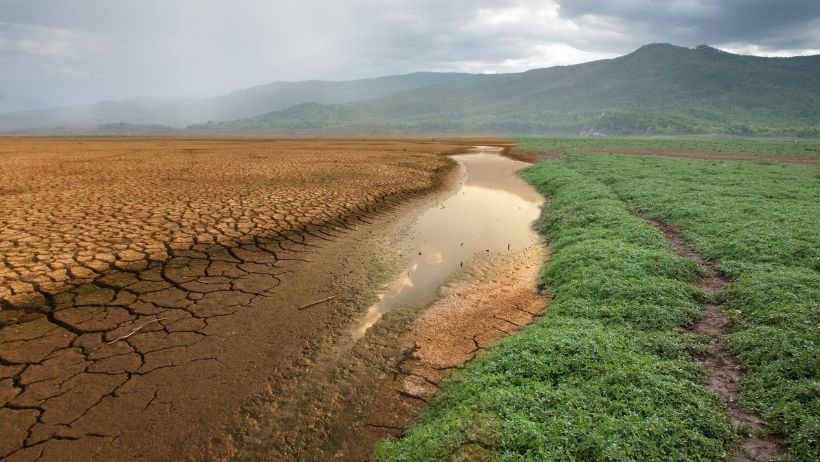COP28: The Push for Climate Action Continues
The world is witnessing unprecedented consequences of climate change, from devastating wildfires to severe flooding and intolerable heatwaves. As nations strive to combat this pressing issue, they gather annually at the Conference of the Parties (COP), under the umbrella of the United Nations Framework Convention on Climate Change (UNFCCC). This year, Egypt hosts COP28, where representatives from almost every country will convene to accelerate action toward the Paris Agreement’s objectives and the UNFCCC’s overall mission.
What exactly is COP28?
COP28 stands for the 28th Conference of the Parties to the United Nations Framework Convention on Climate Change. Nearly every nation sends delegates to the annual climate COP to negotiate universal goals for combating climate change, present national plans for contributing to those goals, and report on their advancement. Think of it as a critical summit where countries come together to tackle humanity’s most pressing problem.
Origins of COP28
The roots of COP28 can be traced back to the Paris Agreement, adopted at COP21 in 2015. There, countries committed to limiting global warming to well below 2 degrees Celsius above pre-industrial levels and pursuing efforts to restrict it to 1.5 degrees Celsius. To accomplish these objectives, countries set national targets, known as Nationally Determined Contributions (NDCs), outlining their plans for decreasing greenhouse gas emissions and moving toward cleaner energy sources.
Since then, various COP sessions have focused on fostering international cooperation, sharing knowledge, and promoting sustainable practices. Notably, COP26 in Glasgow saw increased ambition in NDCs, with many countries announcing enhanced targets for cutting emissions. Momentum has grown around implementing carbon pricing systems, such as cap-and-trade schemes or carbon taxes, to encourage corporations to decrease their emissions.
Present State of COP28
Despite progress, obstacles persist. Some countries still need to show the political will and dedication to act decisively against climate change. Moreover, the complexity and interconnection of climate change require better cooperation and coordination among governments, businesses, and civil society groups.
Still, there is optimism surrounding COP28. The conference provides an essential platform for countries to reaffirm their commitments to fighting climate change and collaborating to discover effective solutions. Four primary areas will receive attention during COP28:
- Fast track the energy transition and cut emissions before 2030 to limit global warming to 1.5 degrees Celsius (2.7 degrees Fahrenheit) above pre-industrial levels.
- Place nature, people, lives, and livelihoods at the center of climate action, assisting the most susceptible populations in adjusting to the changes already happening.
- Honor past pledges and fully implement tools to help developing nations adapt to climate change.
- Unlocking finance for climate action and ensuring sufficient funds to attain climate objectives.
Why is COP28 Important?
COP28 is vital because the world needs urgent action to mitigate the effects of climate change. Wildfires, floods, and heatwaves demonstrate the dire need for collective efforts to reduce emissions and shift toward renewables. According to the first-ever Global Stocktake, a review of climate progress, current efforts fall short, and drastic measures are required to fulfill the Paris Agreement’s objectives.
At COP28, nations must build on earlier achievements and make bolder commitments. Financing is a critical factor, as the world requires a nine-fold rise in renewable energy output to hit the Paris Agreement’s climate objectives and reach net-zero emissions by 2050. Protecting and repairing natural ecosystems can significantly contribute to emission reduction. Therefore, funding designated for nature-based solutions is crucial.
Humanity faces an existential threat from climate change, and COP28 serves as a reminder that unity and prompt action are necessary. While difficulties remain, there is hope for positive change thanks to increasing awareness, expanding cooperation, and technological improvements. By working together, we can create real-world answers to the most difficult problems confronting individuals and nature today.

